San Jacinto Battleground State Historic Site is where Texas won its independence from Mexico on April 21, 1836. It is considered one of the most decisive battles in American history.
Today it is a 1,200-acre park with coastal prairies, marshland, and forest. In addition to the San Jacinto Monument and Museum, Battleship TEXAS is anchored here (since 1948).
We began our visit at the impressive San Jacinto Monument. It is an impressive 567’ tall and is the tallest masonry structure in the world (the Washington Memorial is 540’). It was constructed for the battle centennial (1936) to honor all who fought for Texas independence. Each side of the Monument are engraved with the story of the battle.
Below is a view of the reflecting pool from the base of the Monument.
The Museum is located in the base of the Monument. It features a wide array of historic artifacts representing various periods of Texas history during the last 400 years.
Below is a bust of Sam Houston, weapons of Texas independence, and model of the WWII ship, USS Houston.
Admission to the museum is free, but an elevator to the top of the Monument is $6/adult. There is another exhibit sponsored by Shell next to the museum.
I rode the elevator to the observation area. A selection of 35 historical paintings by Charles Shaw are on exhibit in the lobby.
A very busy port, the Houston Ship Channel can be seen through the windows at the top of the Monument. Nine thousand ships and 200,000 barges travel it each year. Industrial parks are visible in the area as well.
Some of the park property and the Battleship TEXAS can also be seen from the top of the tower.
Hiking with our sweet doggie, Sadie, we followed the Marsh Trail through a coastal prairie, forest, and marshlands.
The imposing Monument is always visible in the distance.
We drove to the area of the encampment of the Mexican troops led by the President and Dictator of Mexico, General Santa Anna. The Alamo had fallen to Santa Anna (March 6), and then Goliad a couple of weeks later. General Sam Houston’s troops had retreated. Houston saw the opportunity to attack the Mexican army using the landscape to entrap them at San Jacinto.
The Mexican army (1,200 troops) was defeated in just 20 minutes by the Texan force of 900. General Houston decided to attack in the late afternoon of 4/21 while the Mexicans were expecting an early morning raid the next day. Over 600 Mexican troops were killed and only 9 Texans died. General Santa Anna was captured and forced to sign a treaty recognizing Texas independence.
Multiple engraved granite markers indicate the location of battlefield landmarks. The ones below show where: the Calvary first engaged the Mexican troops; Sam Houston was wounded and his horse killed; and the location of the Mexican camp.
Finally, we went to the area where the battleship is anchored. Commissioned in 1914, TEXAS is the only surviving Dreadnought of both WWI and WWII. Earning seven ribbons for service in WWII, she was the flagship for the D-Day invasion of Normandy. Onboard tours are open to the public (admission free for veterans). The ship is a National Historic Landmark and National Engineering Landmark.
Repairs for corrosion (caused by age and brackish water) of the ship’s steel skeletal structure began in 2014. Ultimately, the ship will need to be removed from the water to repair the rusted and leaky hull.
Check out the size of the propellers!
Learning about our nation’s history is always a treat for us. And we enjoyed the hiking trail (with our leashed dog), too. This place has something of interest for most (even if you are not from Texas!) For additional information about the park, go to https://tpwd.texas.gov/state-parks/san-jacinto-battleground.
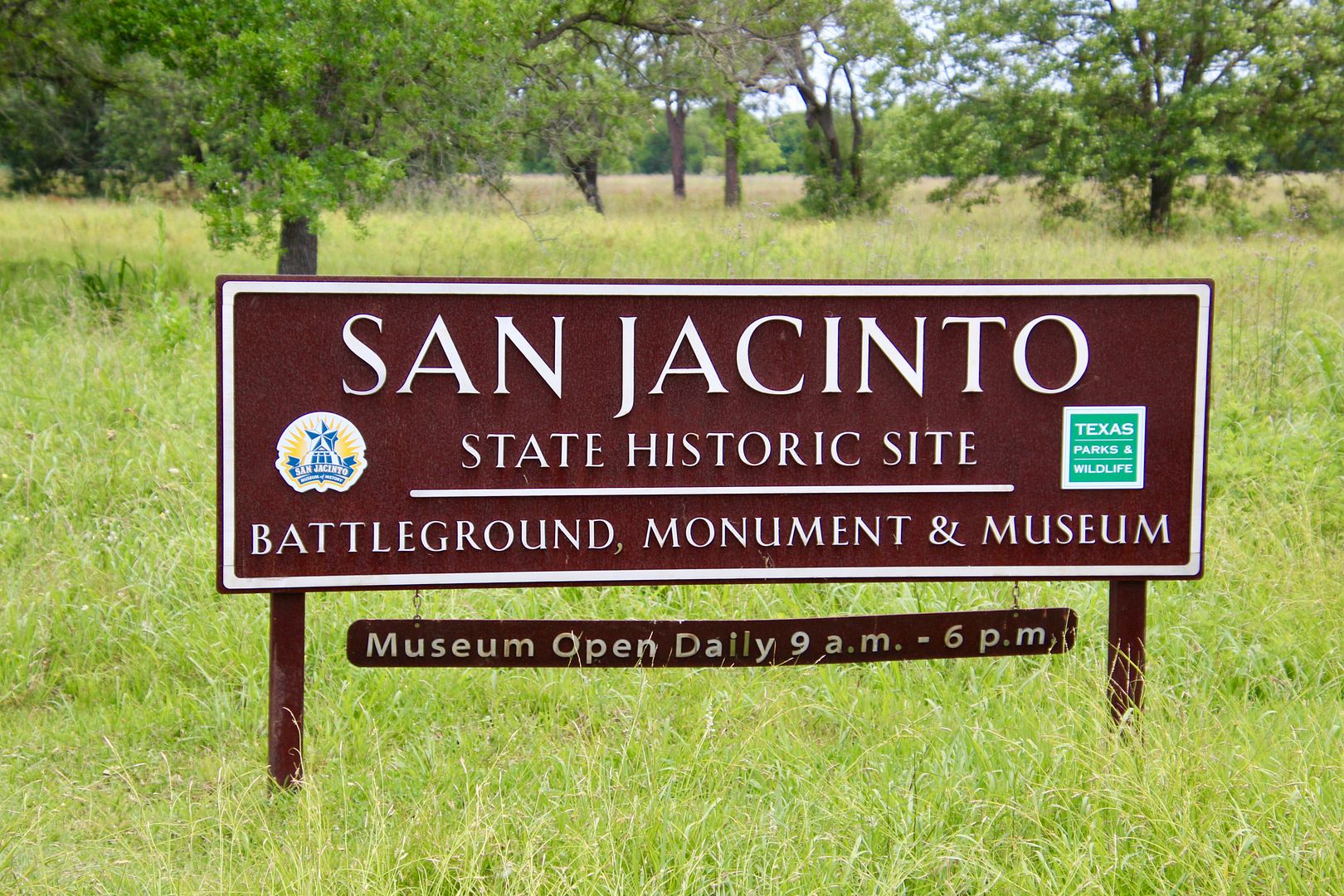

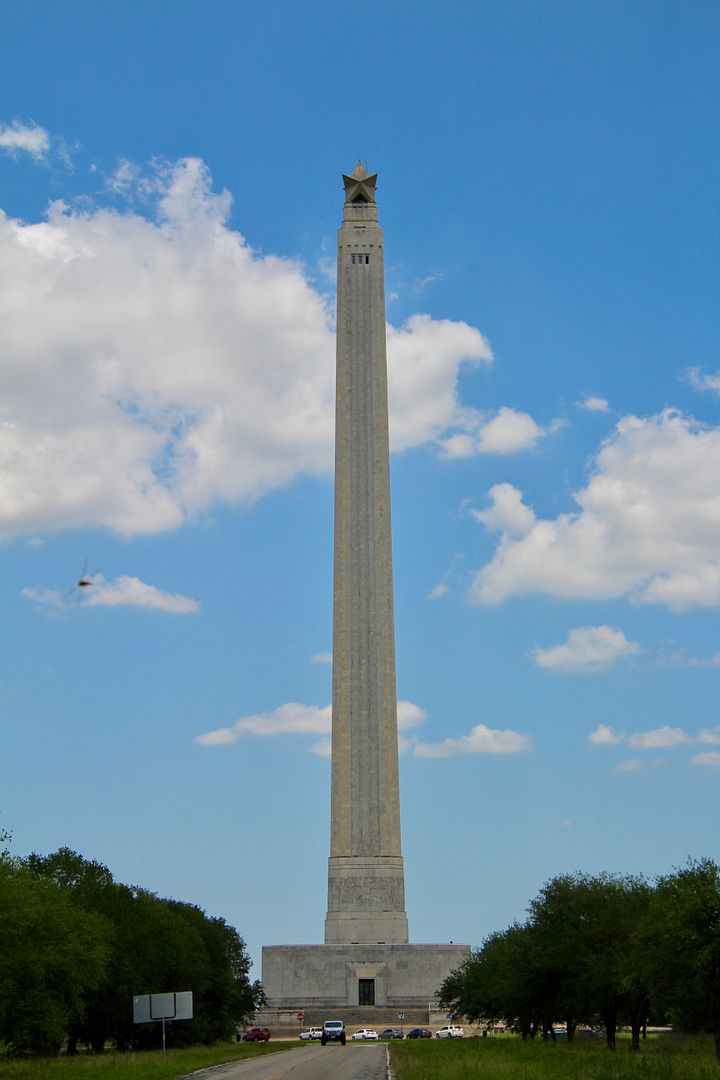
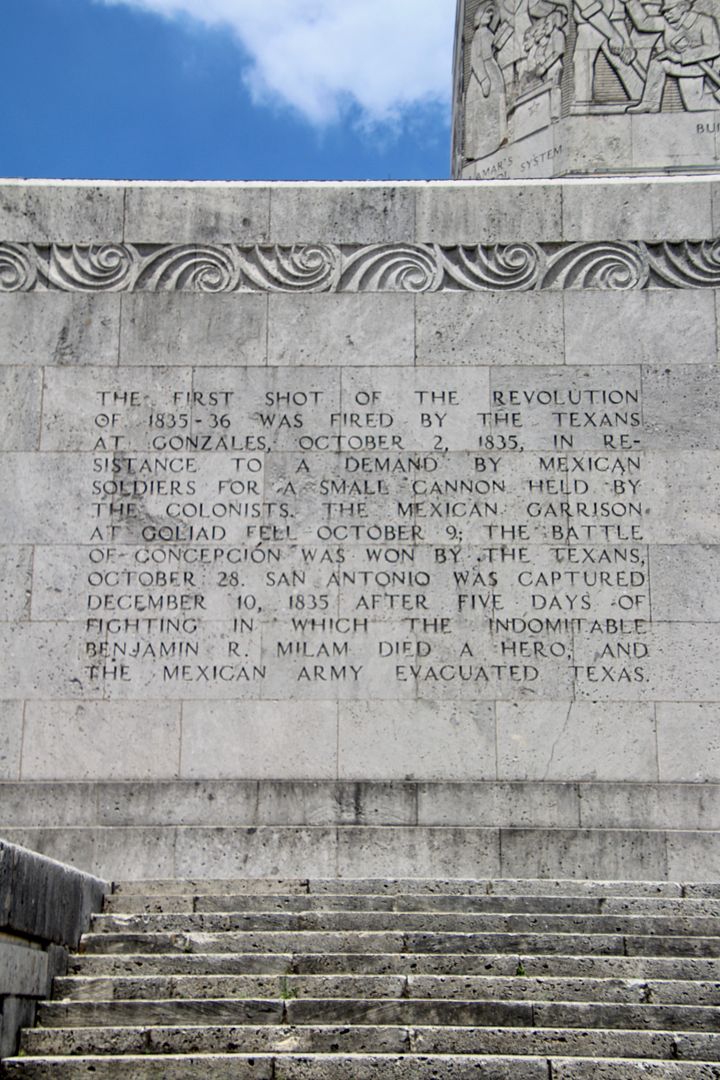
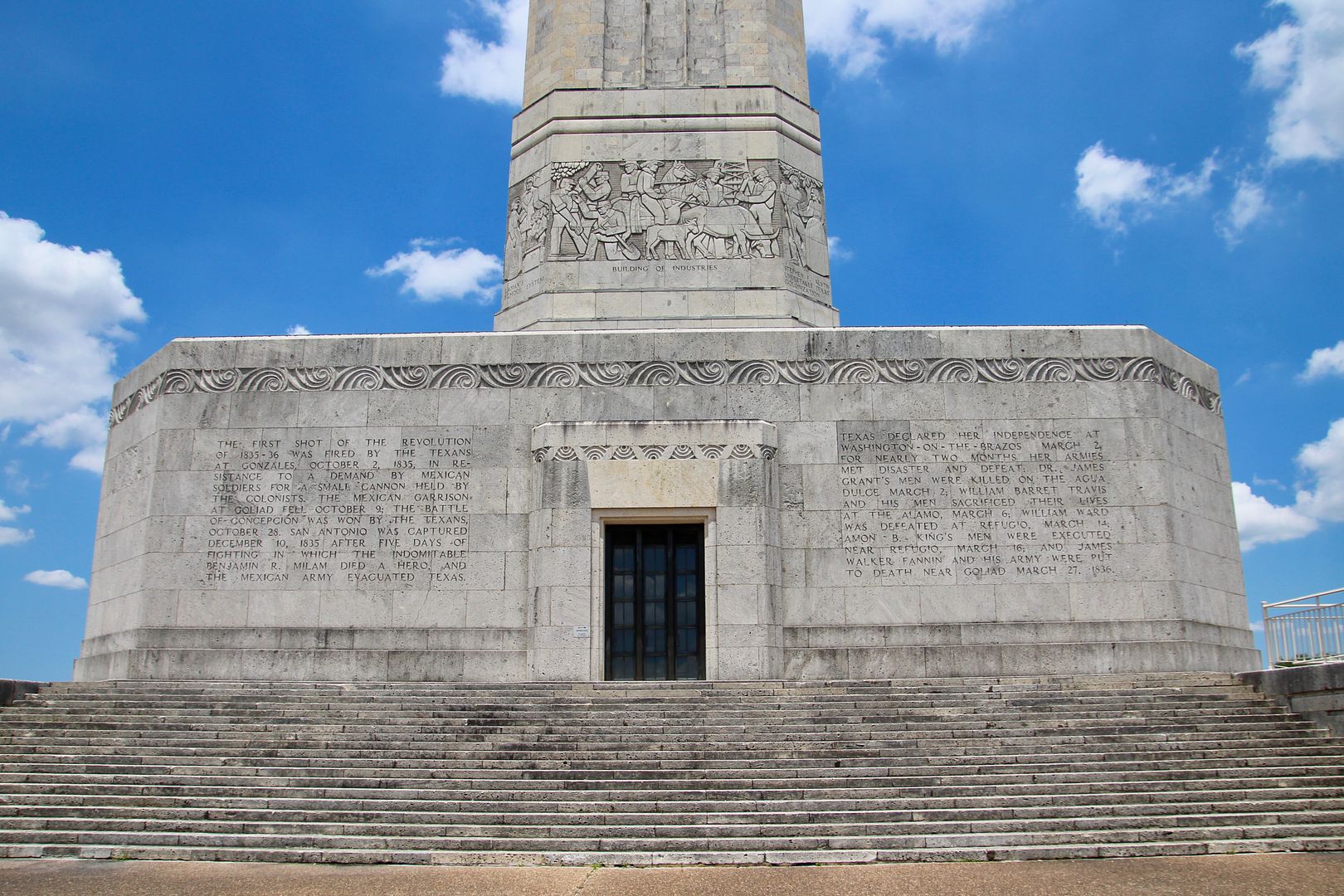
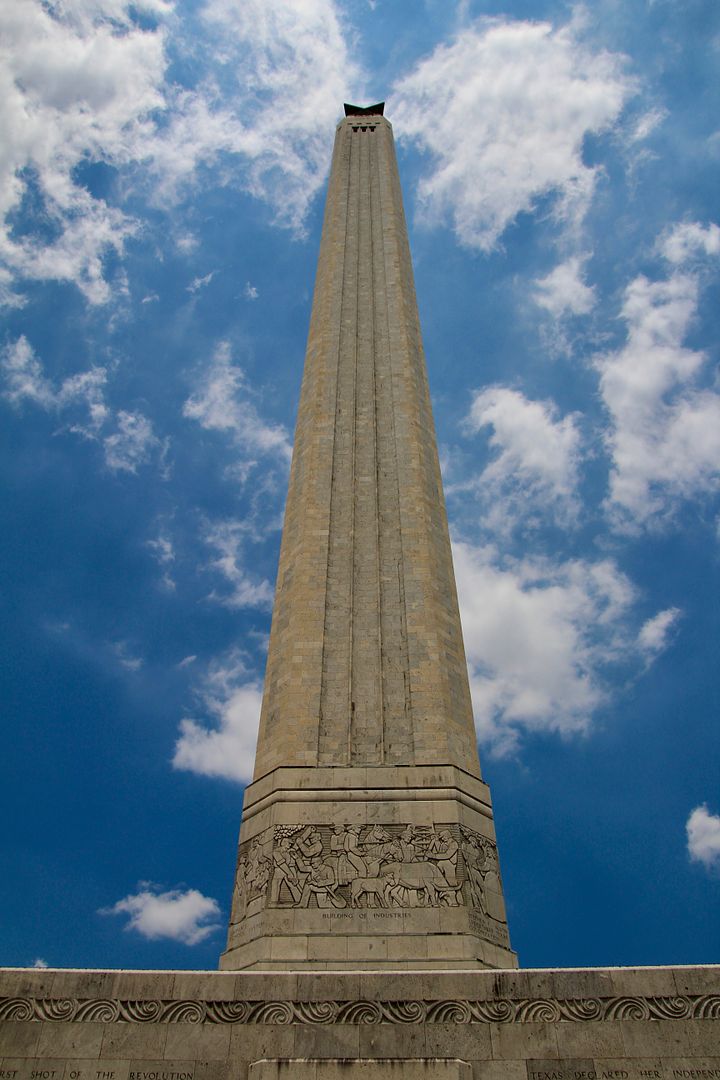
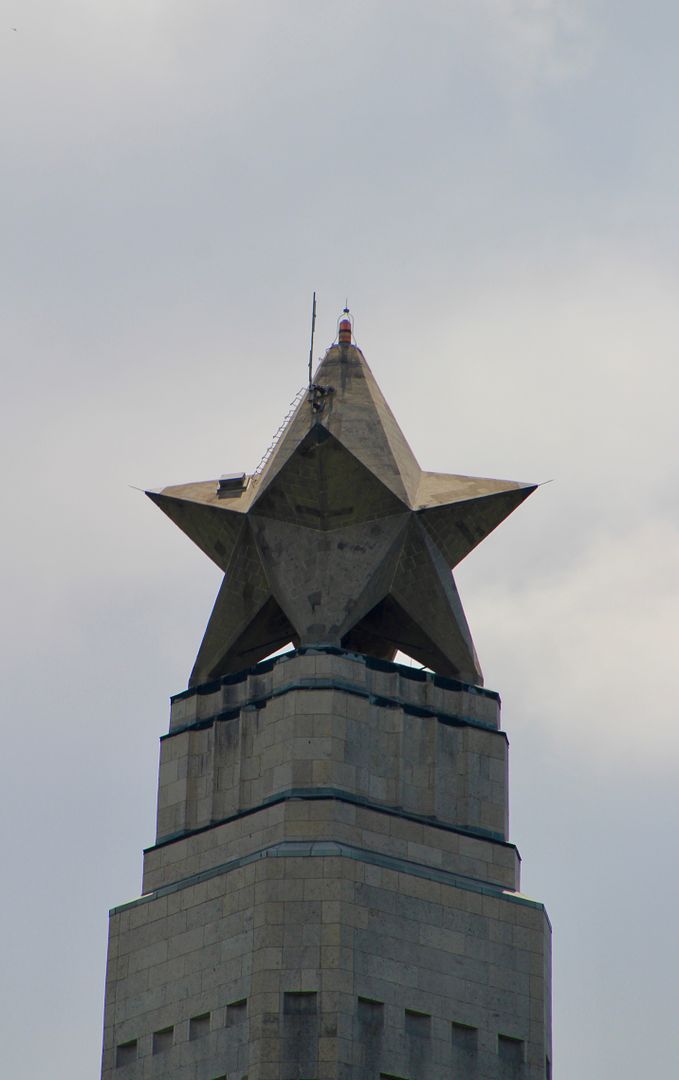
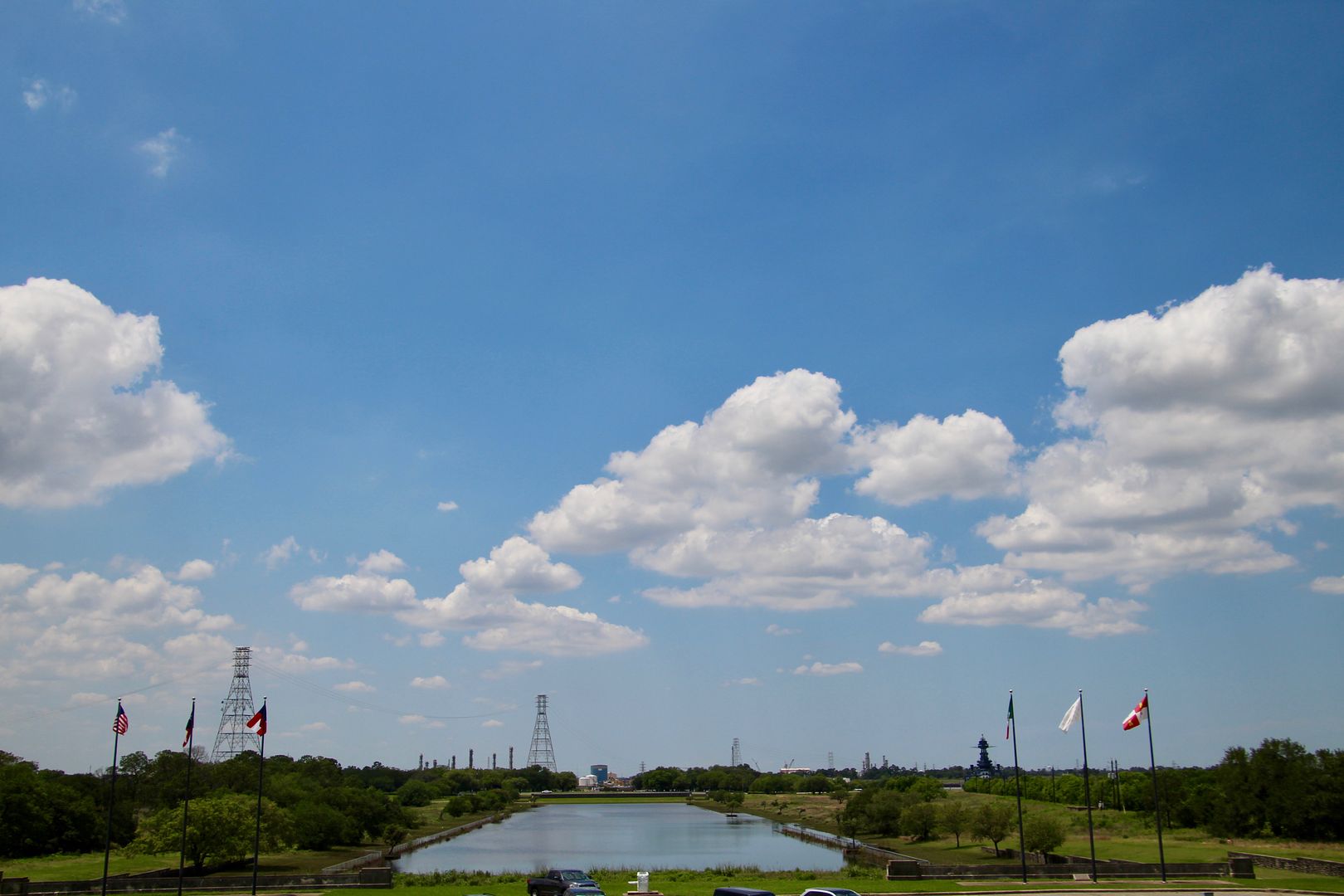

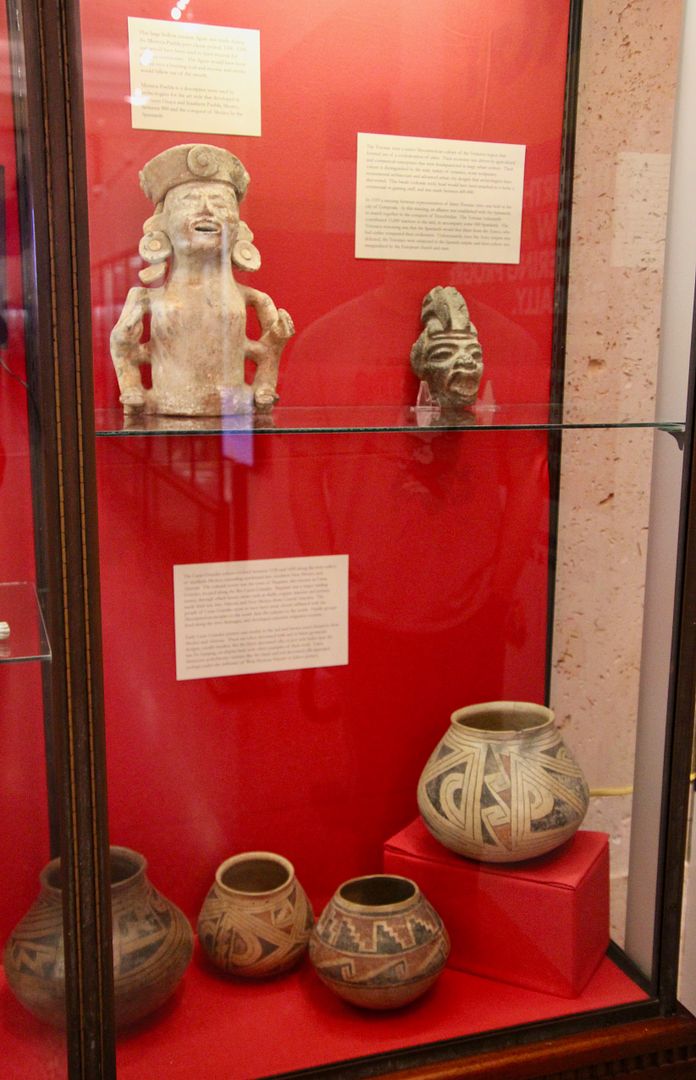
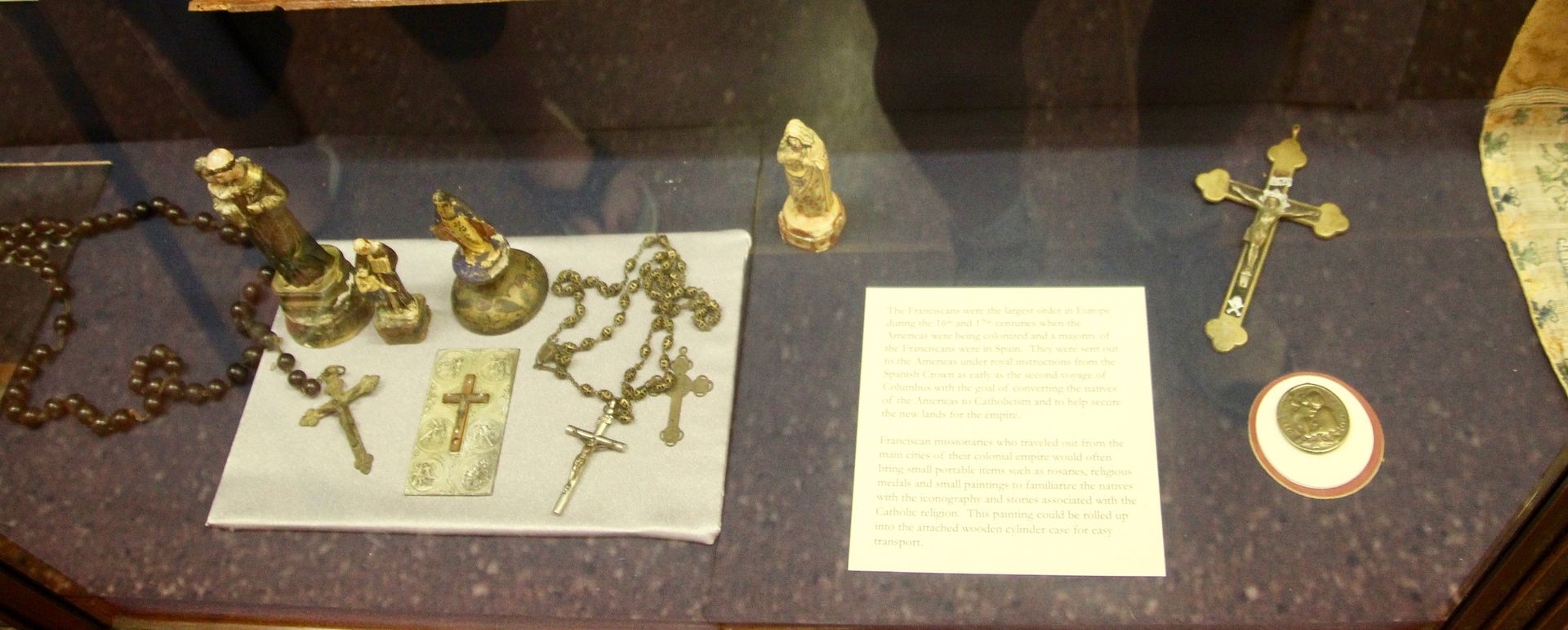
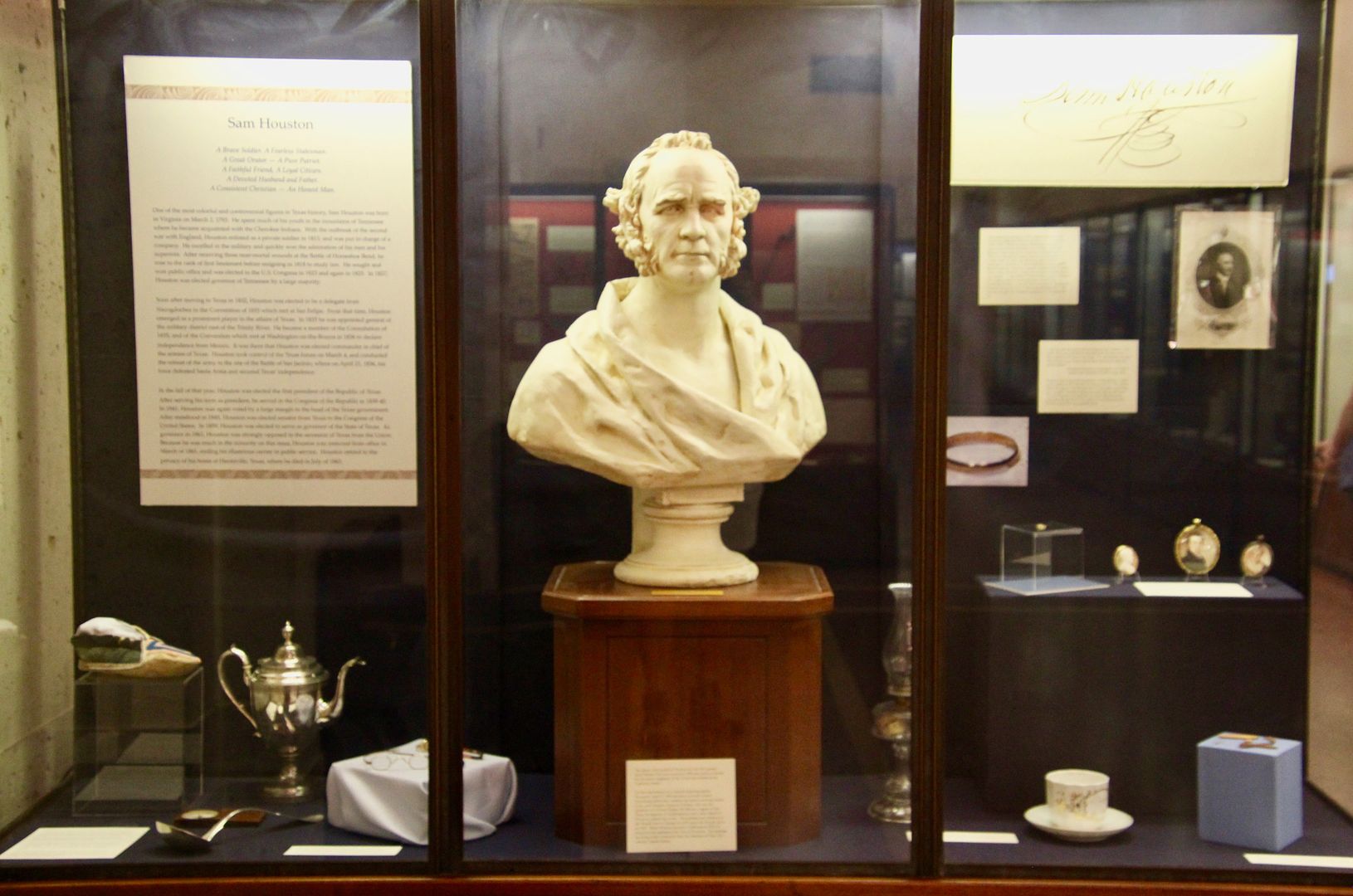
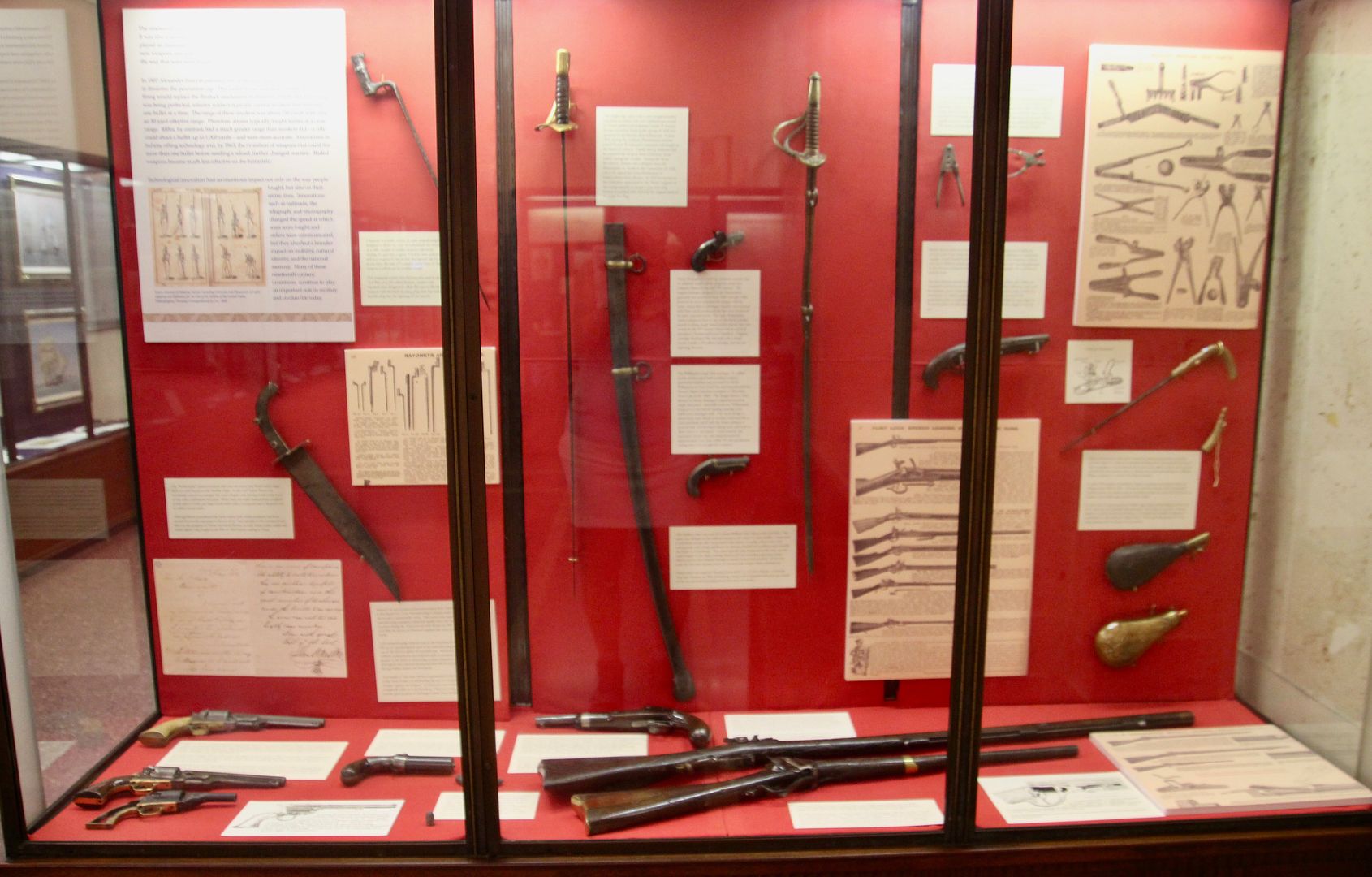
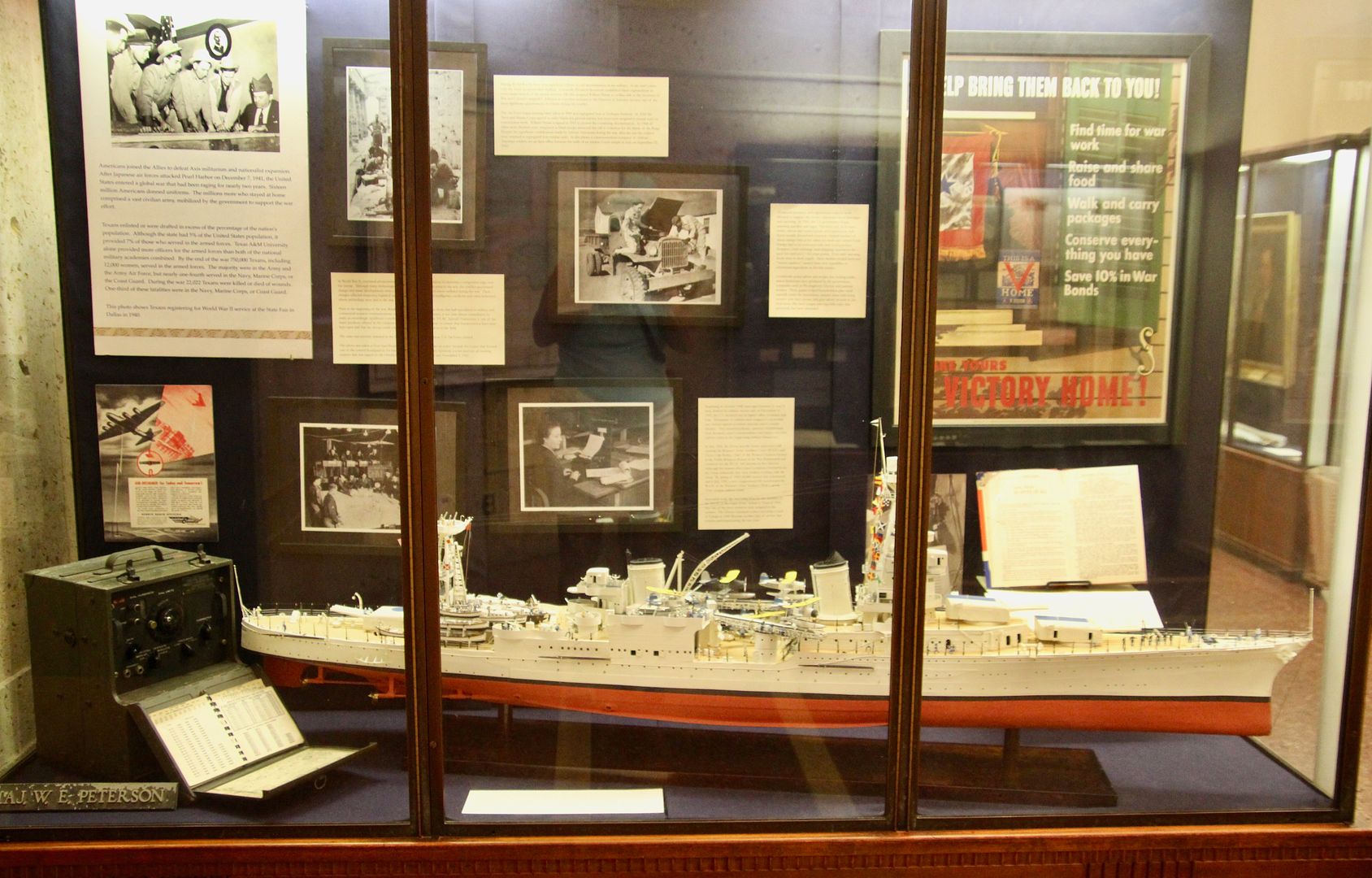
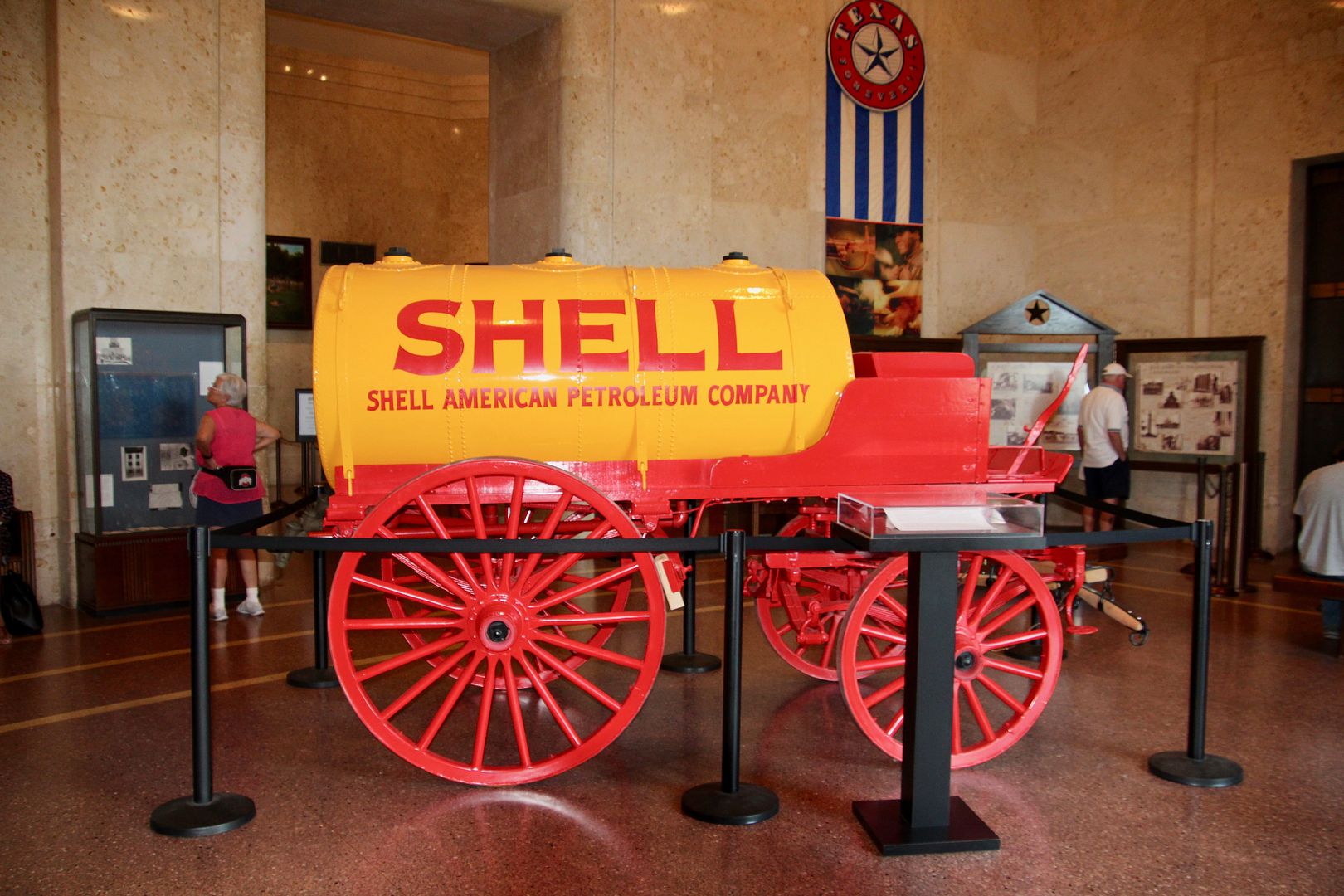
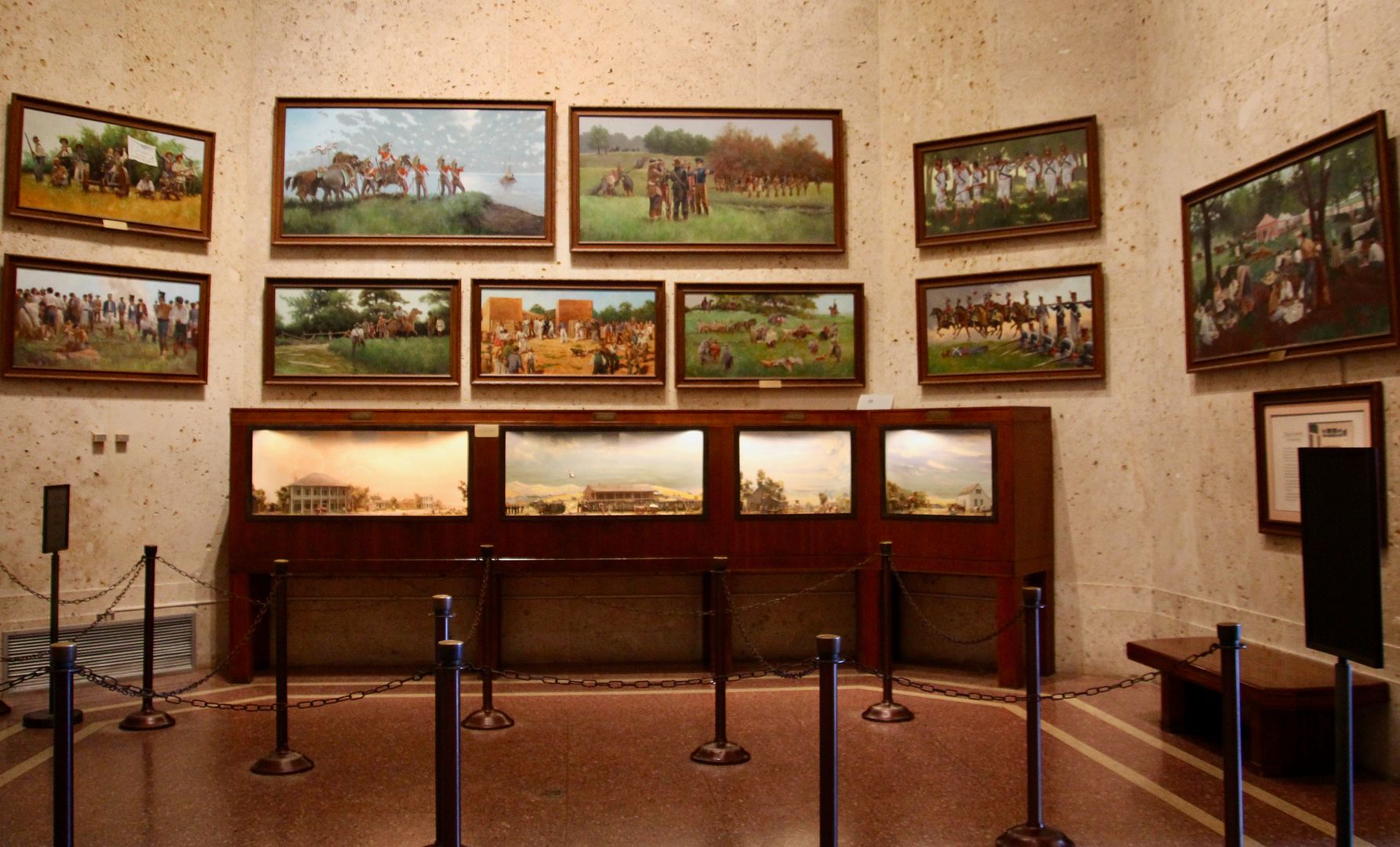
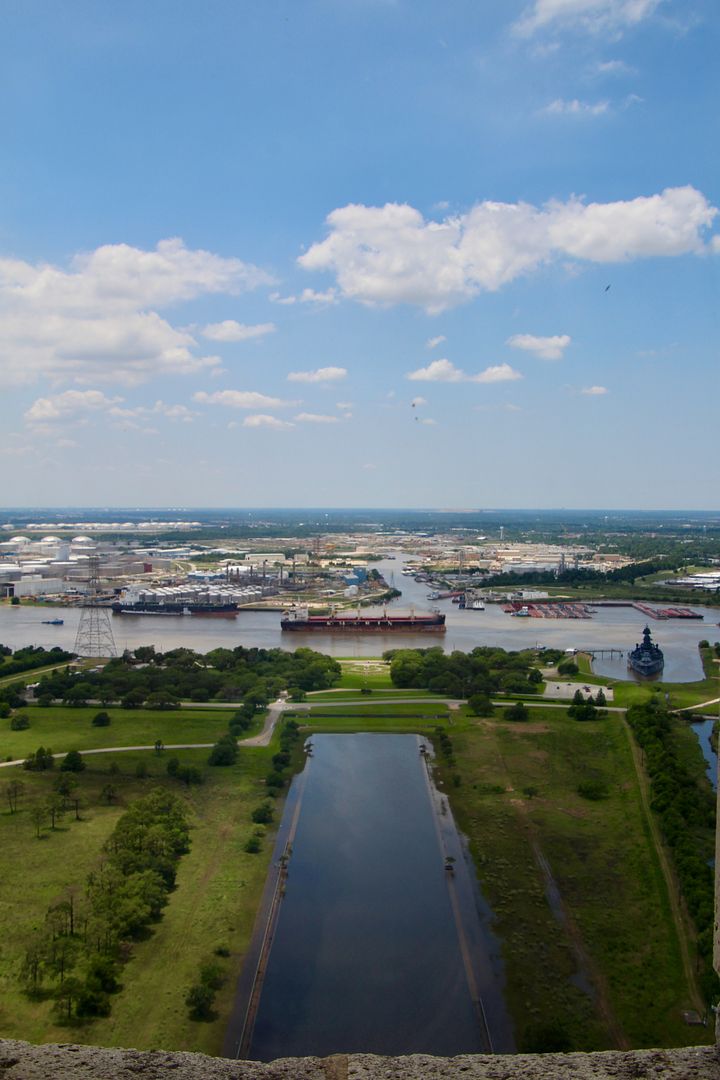
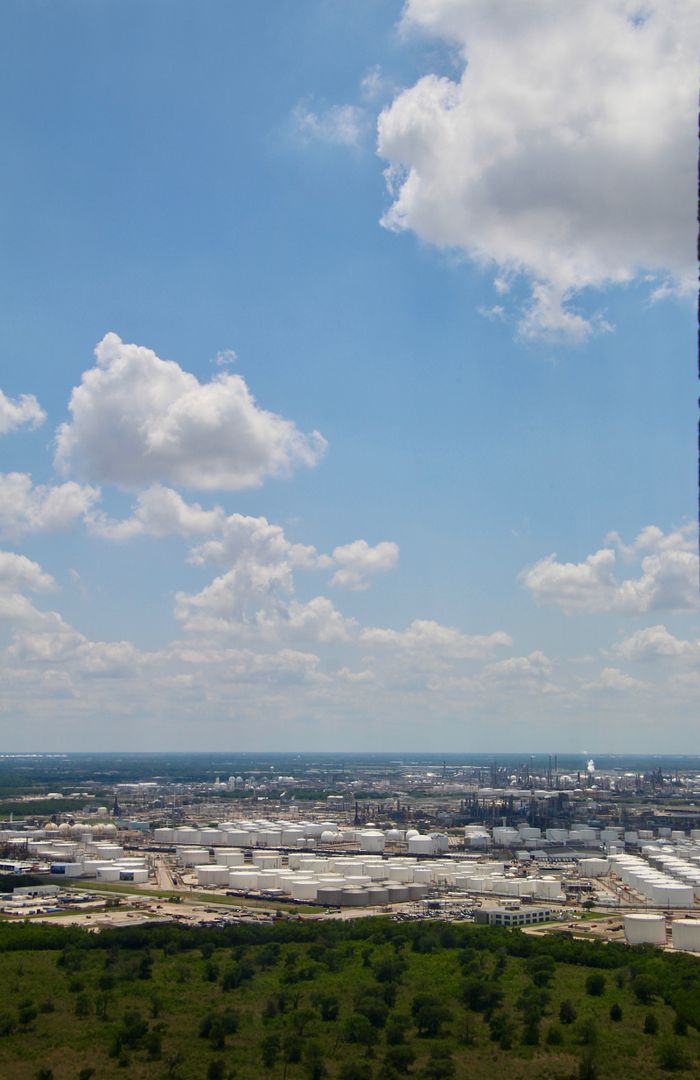
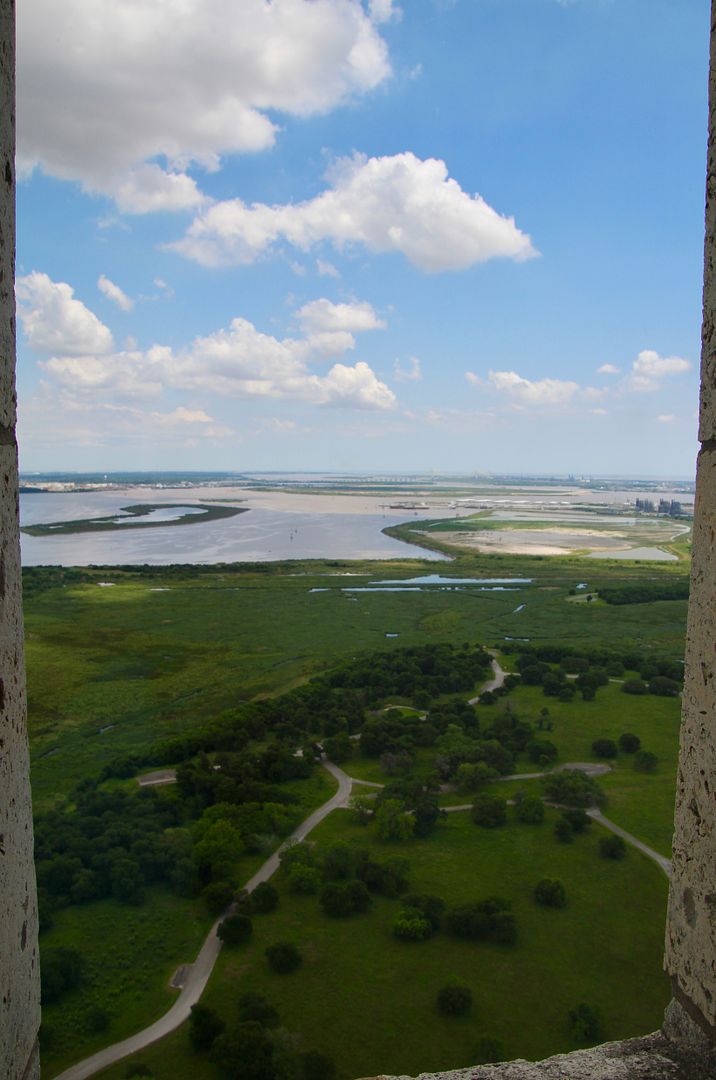
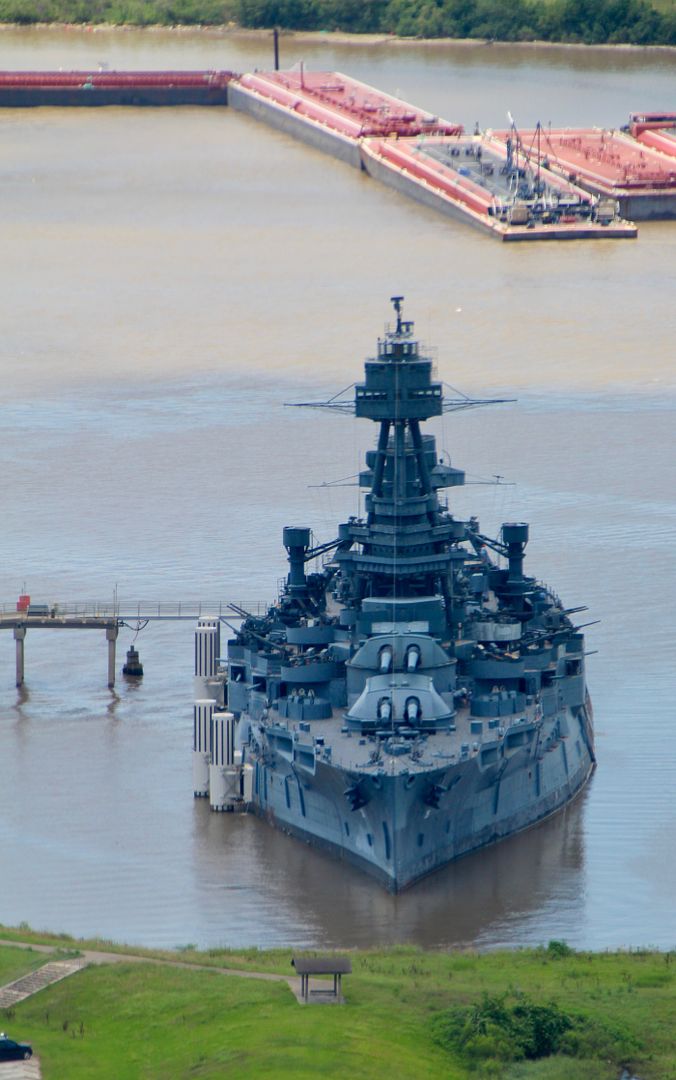
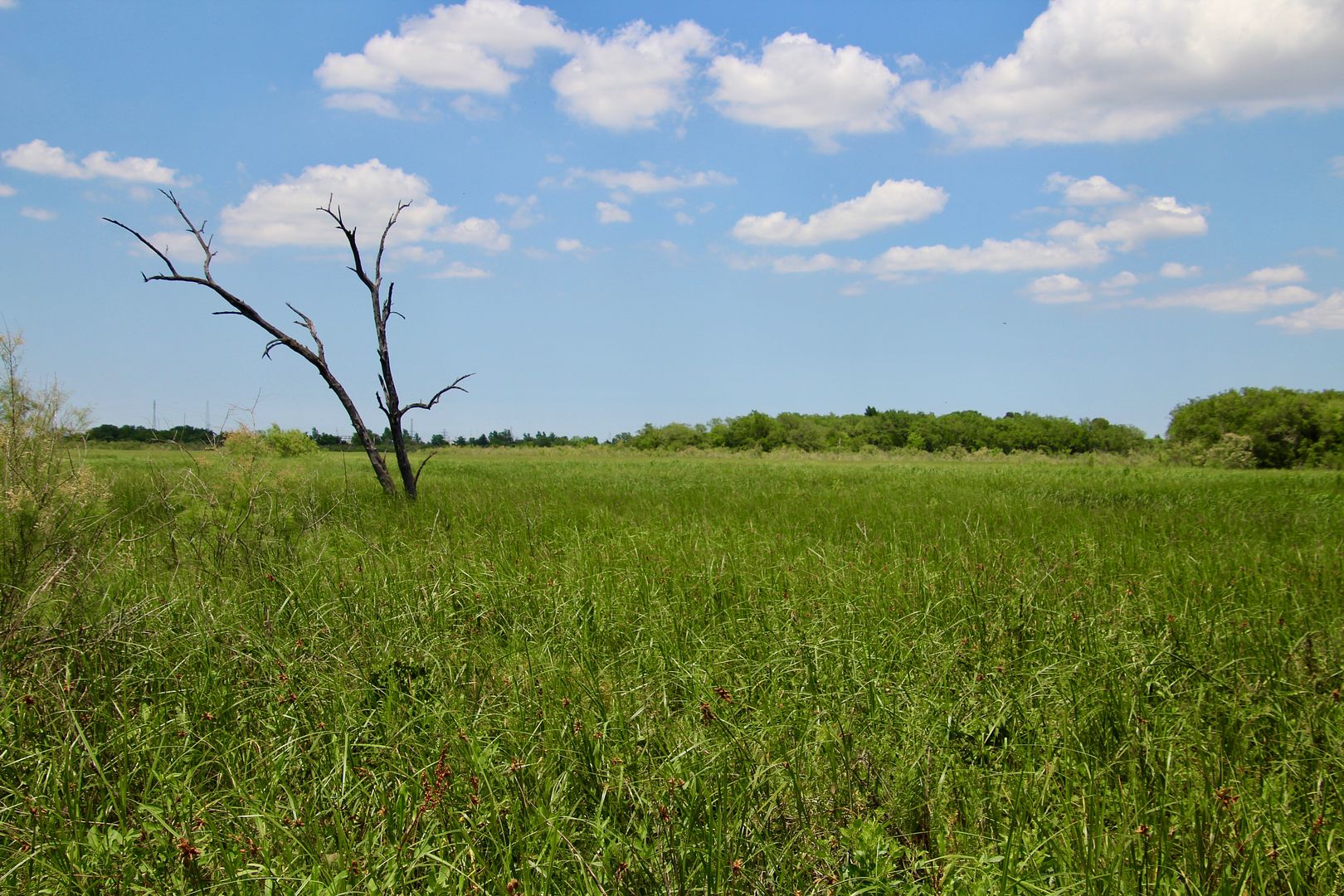
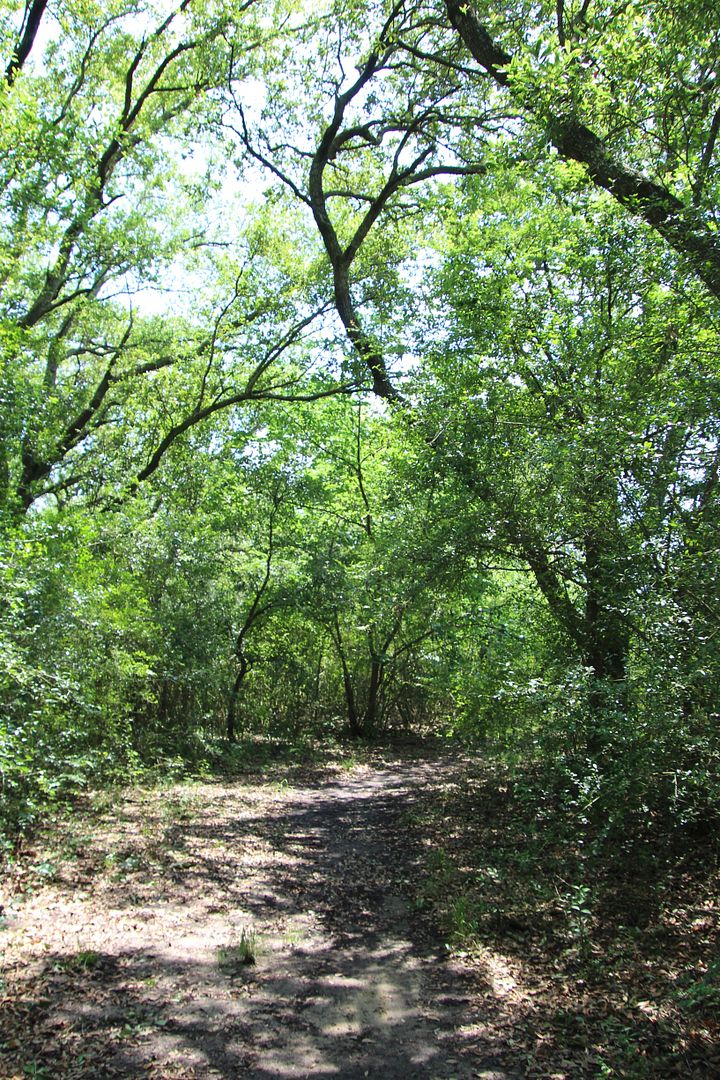
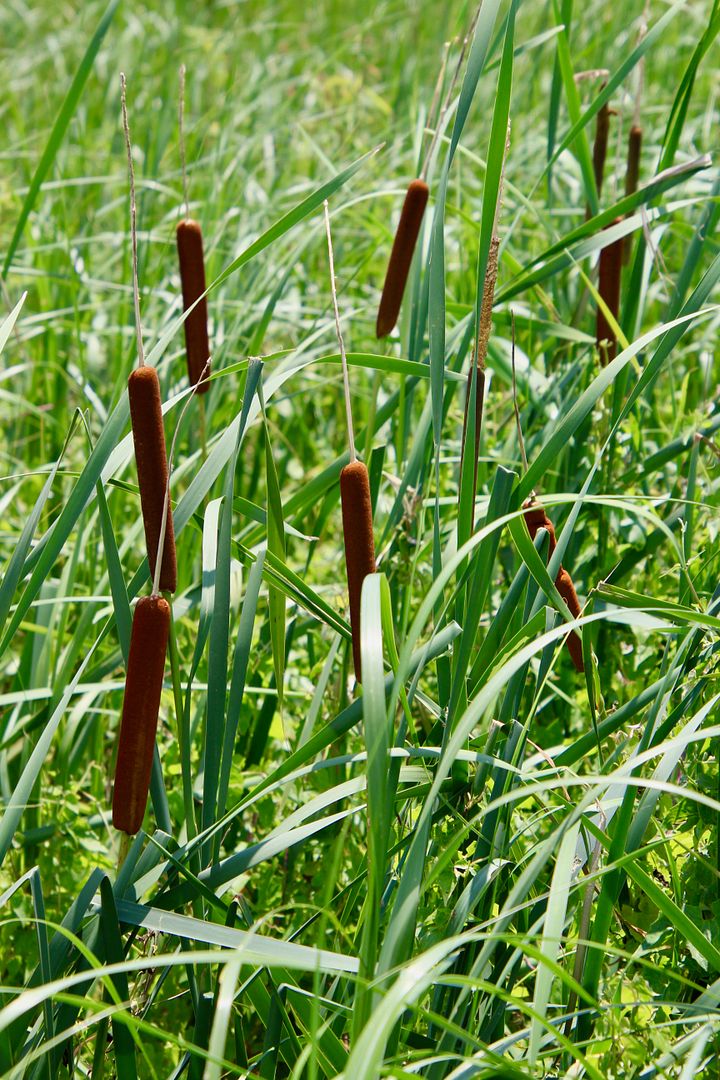
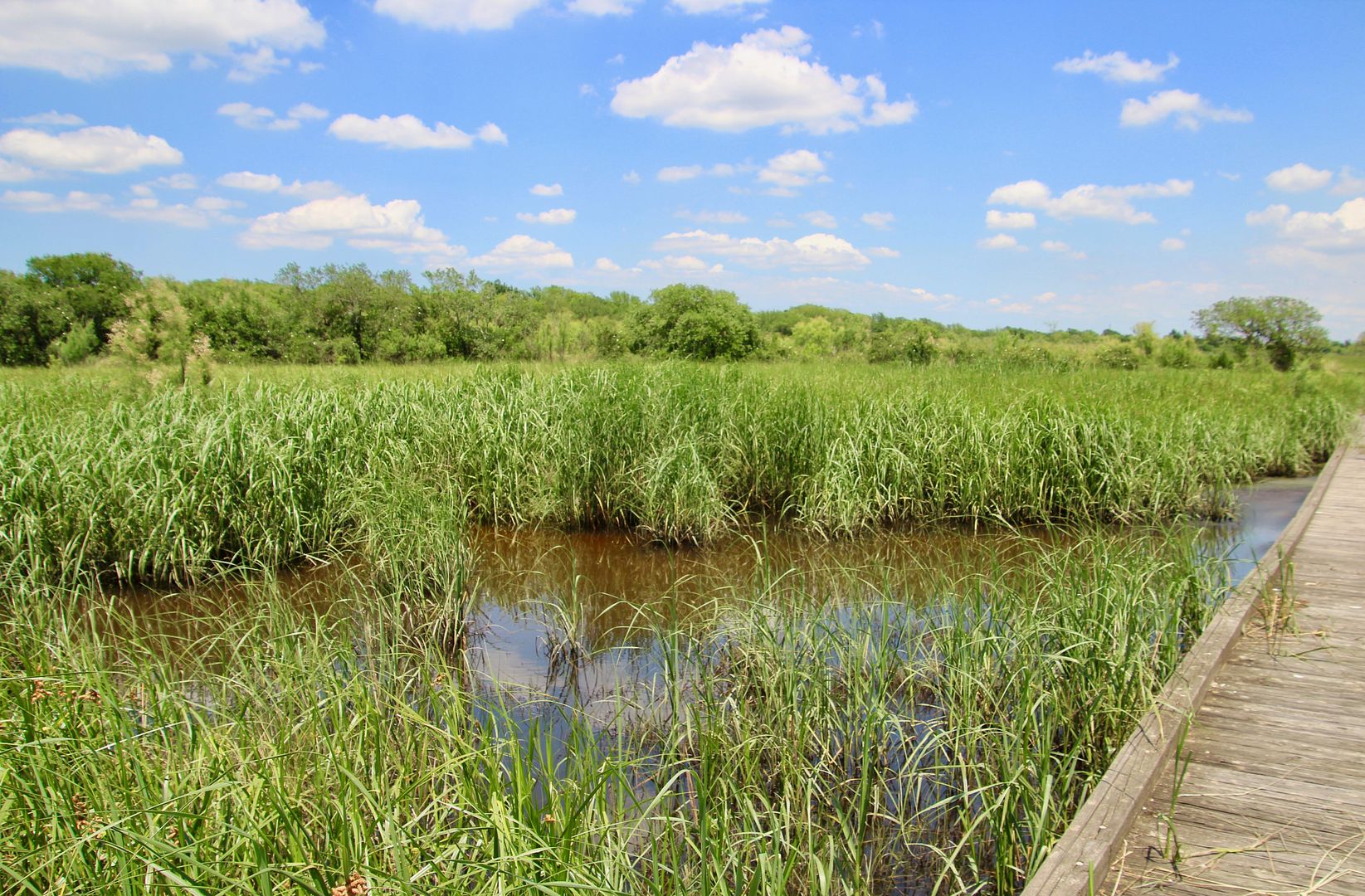
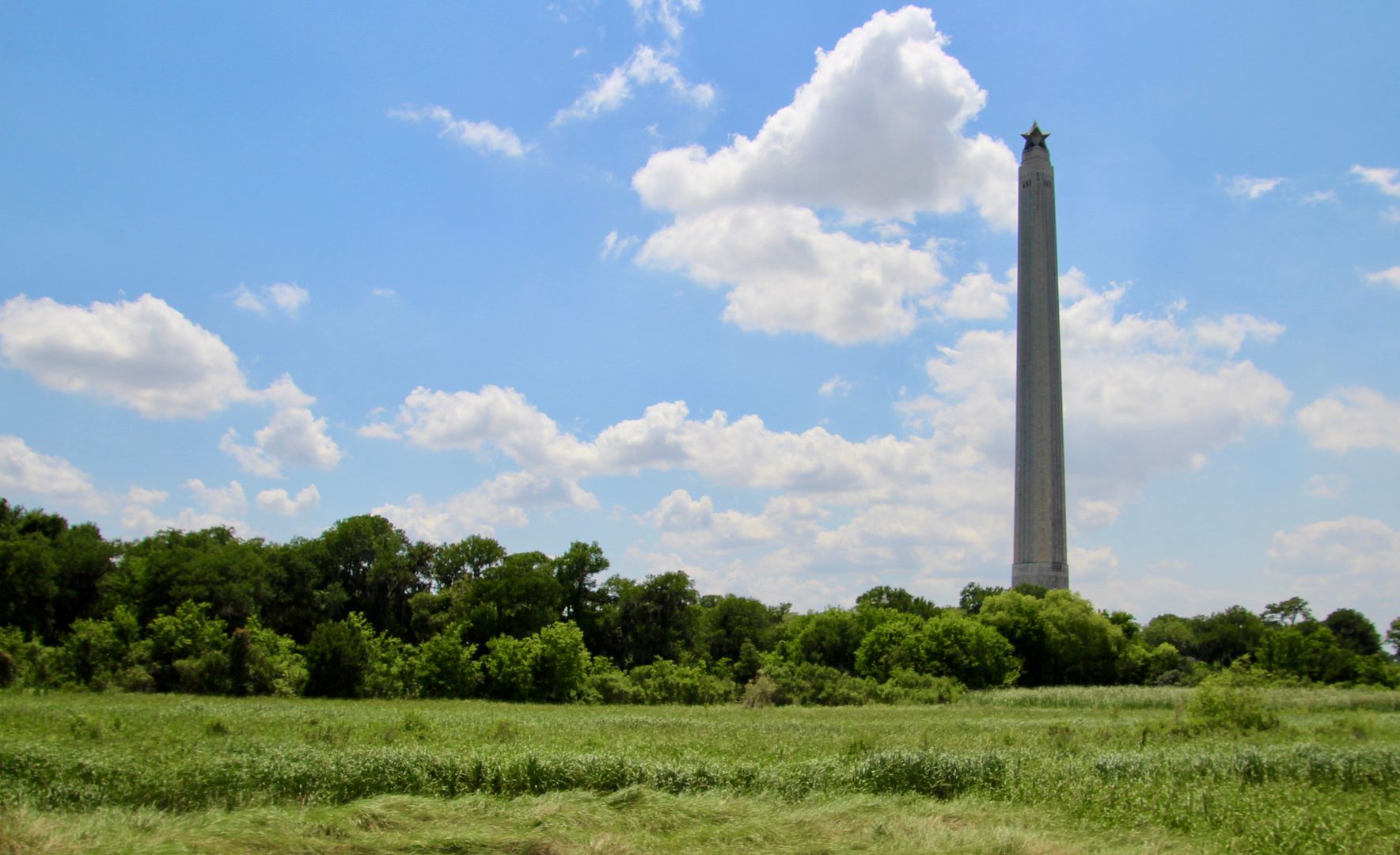
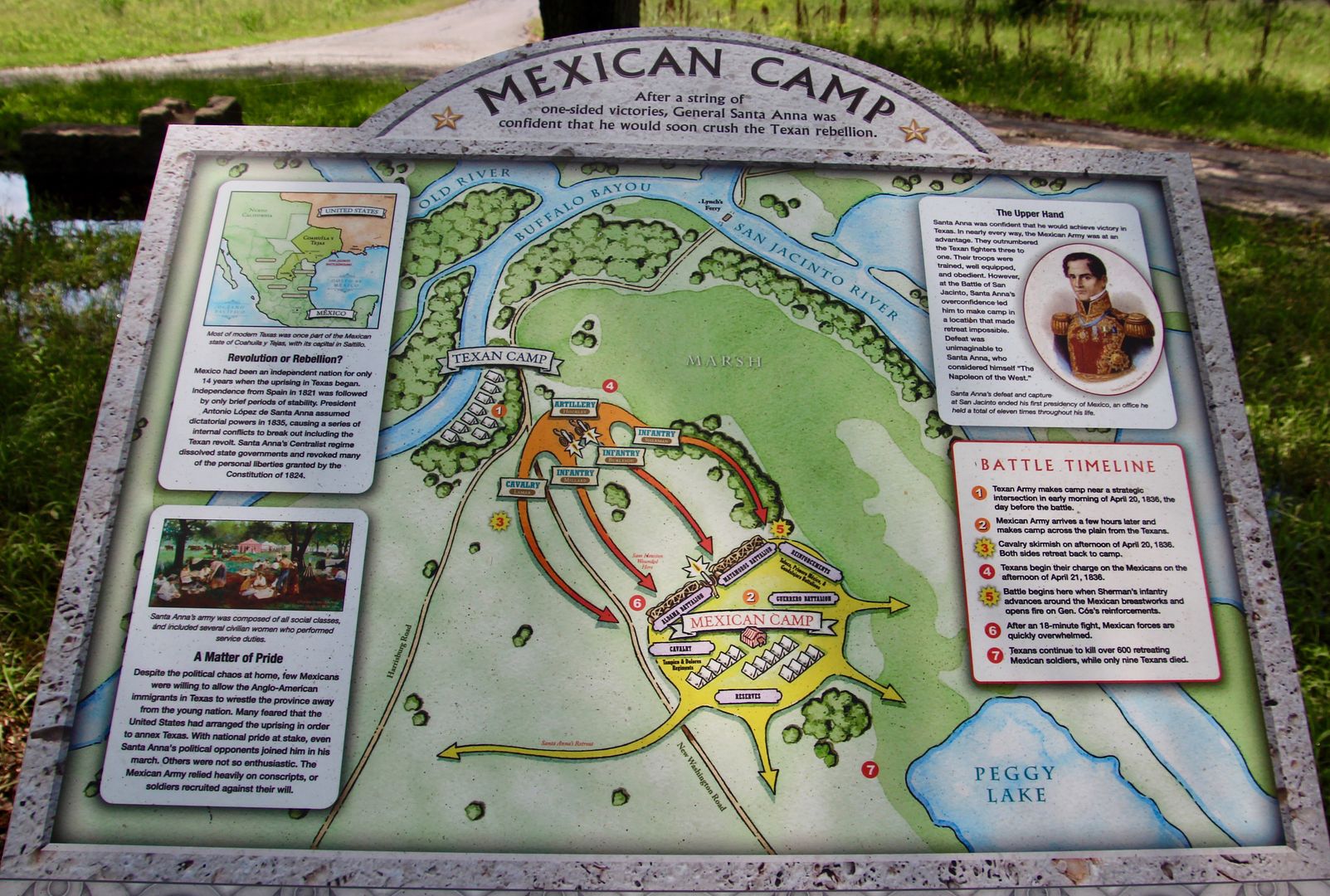

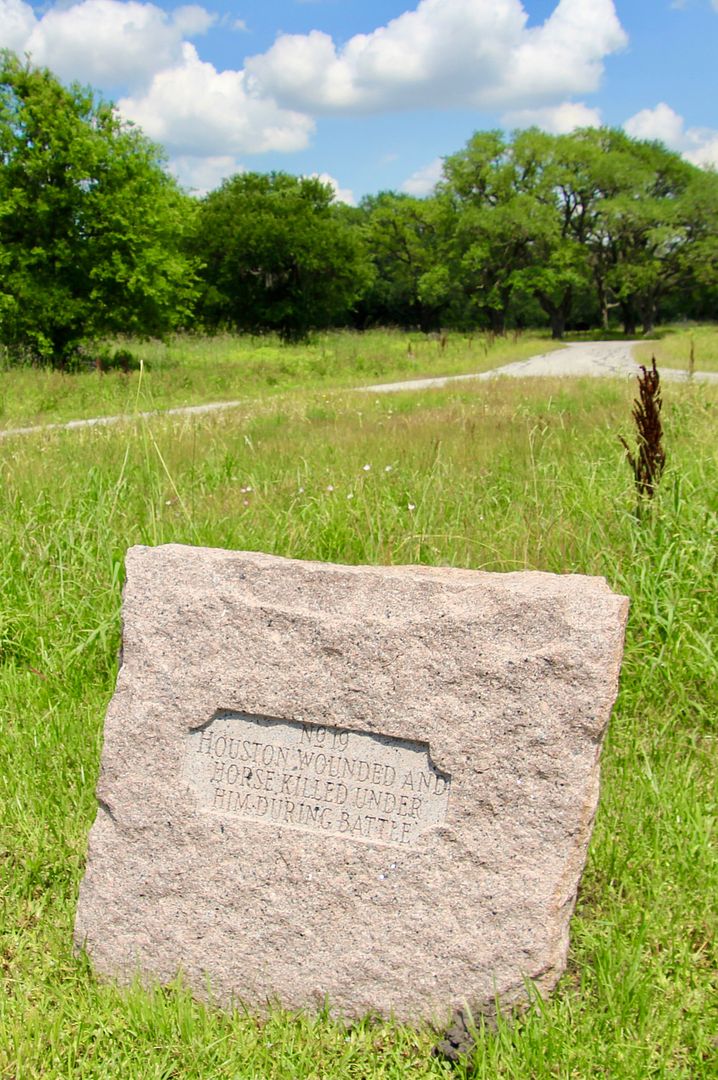
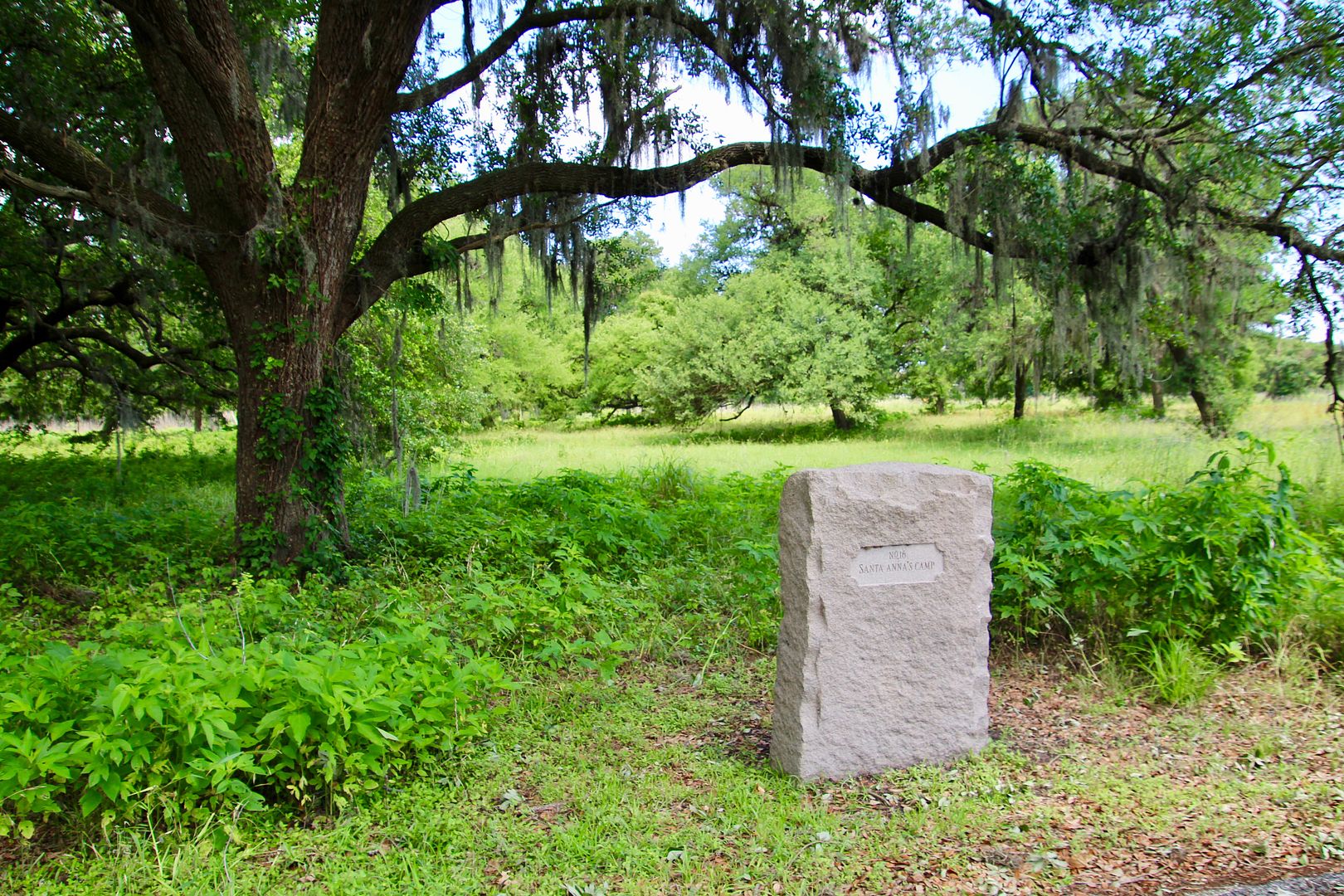
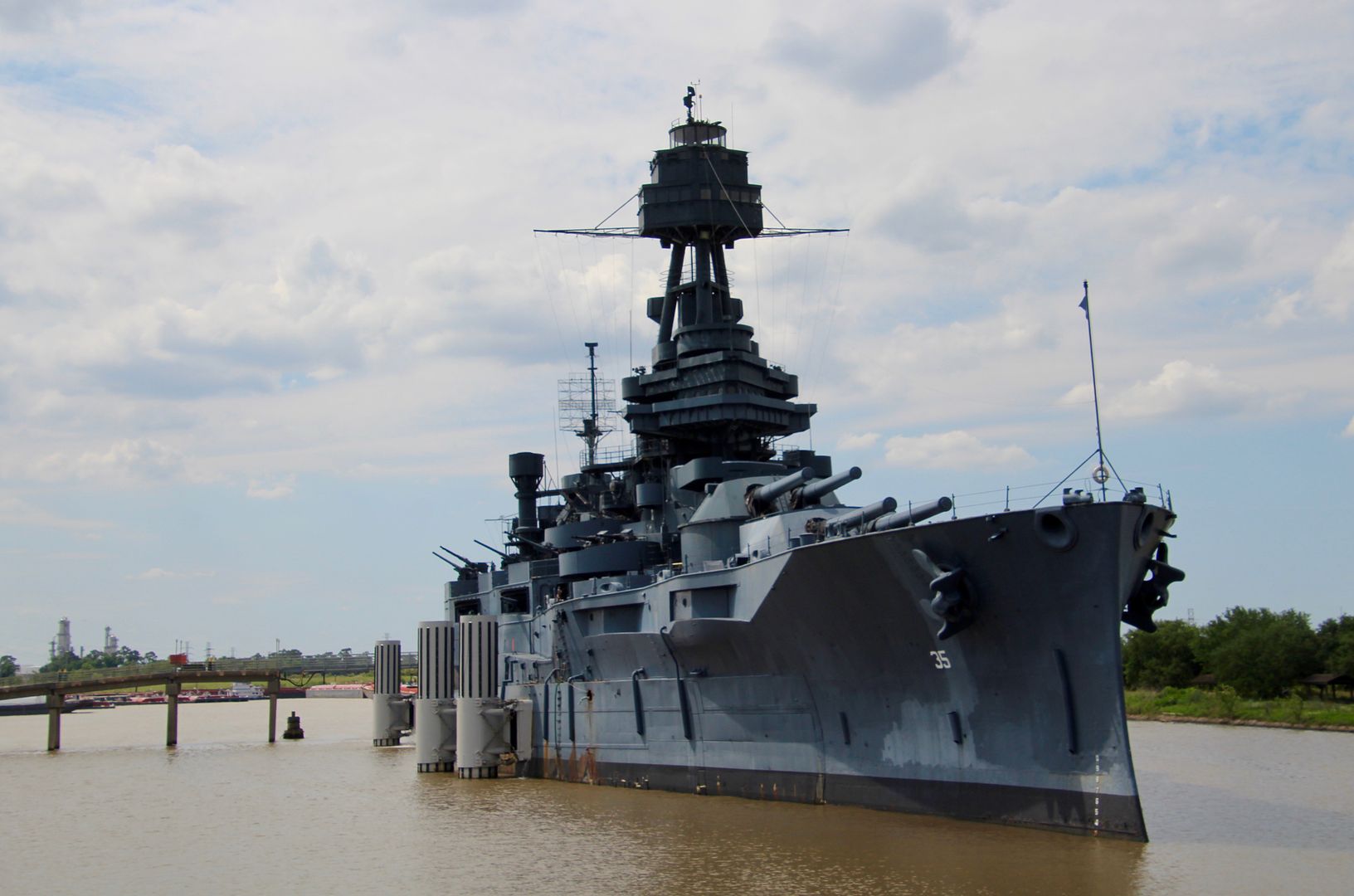
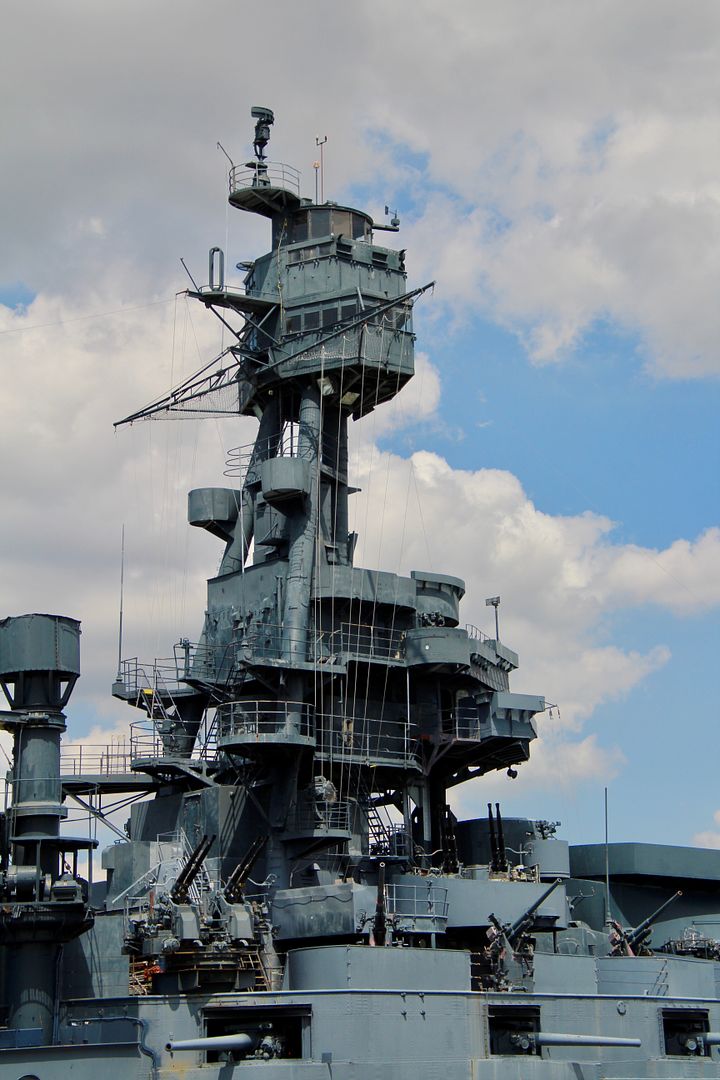
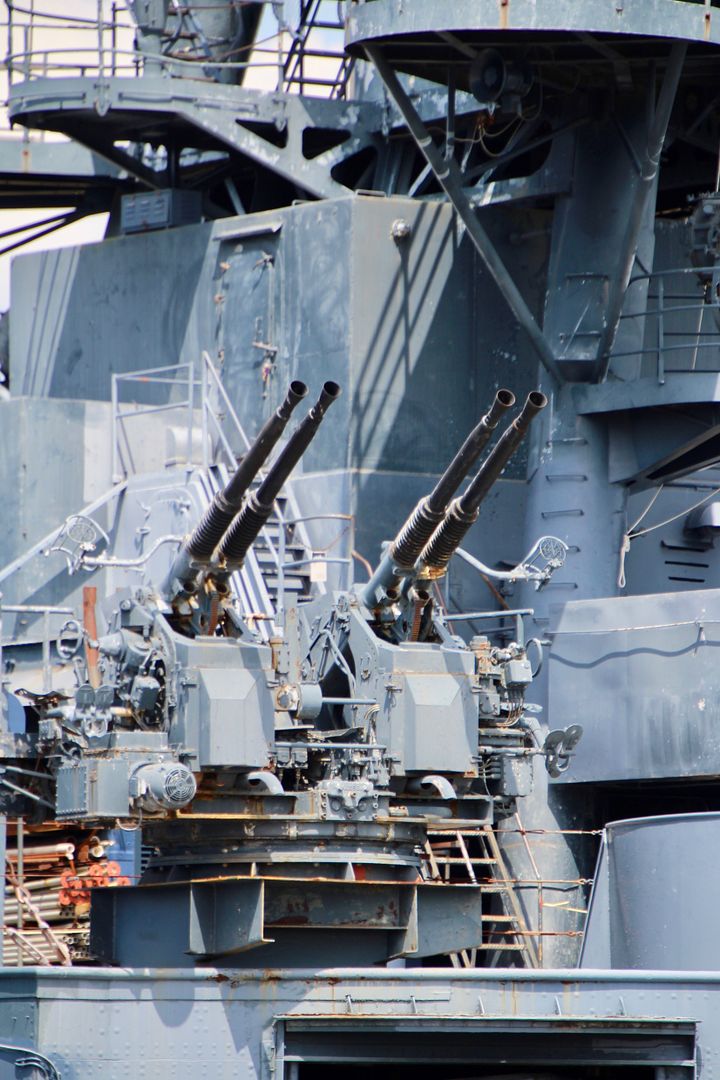
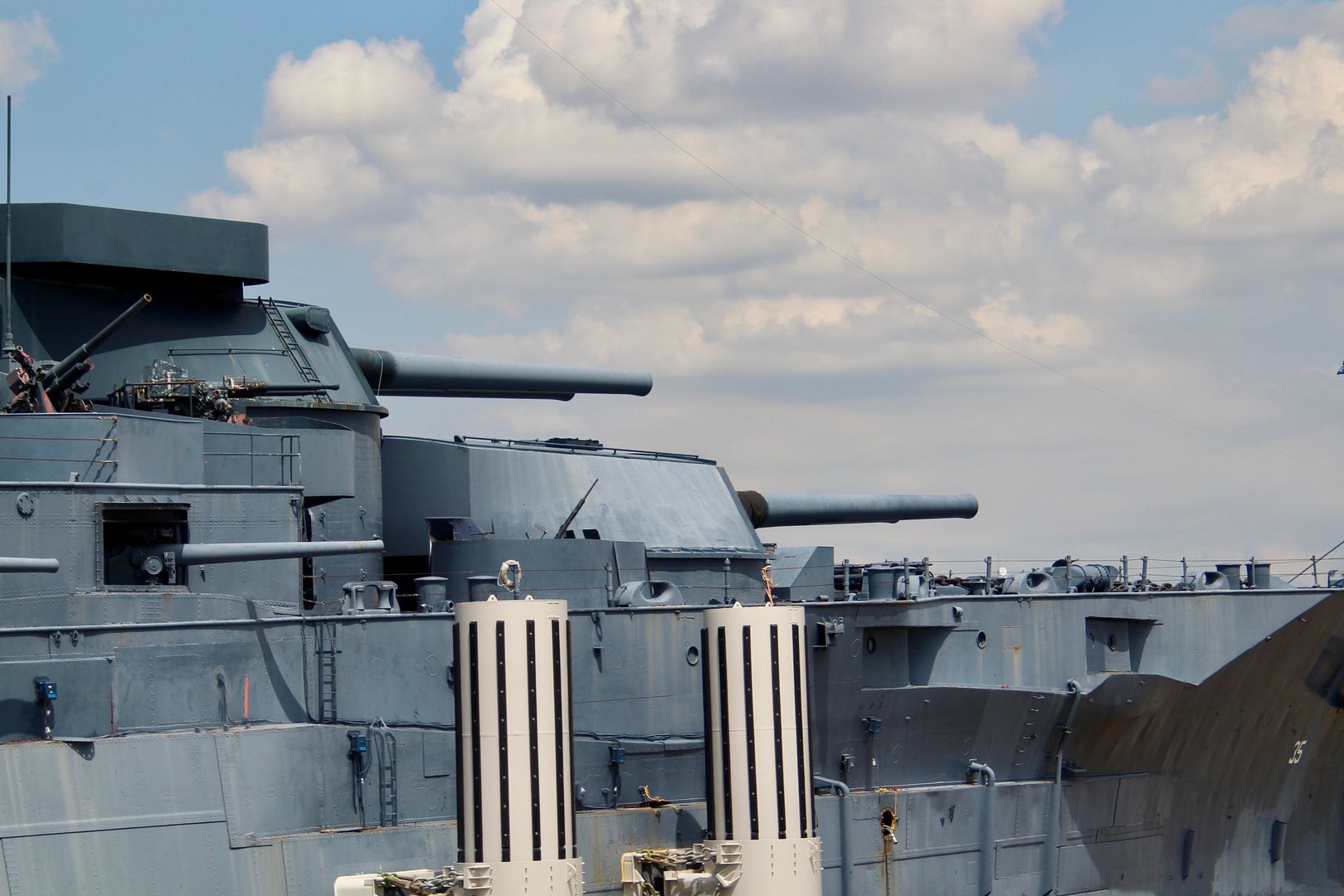
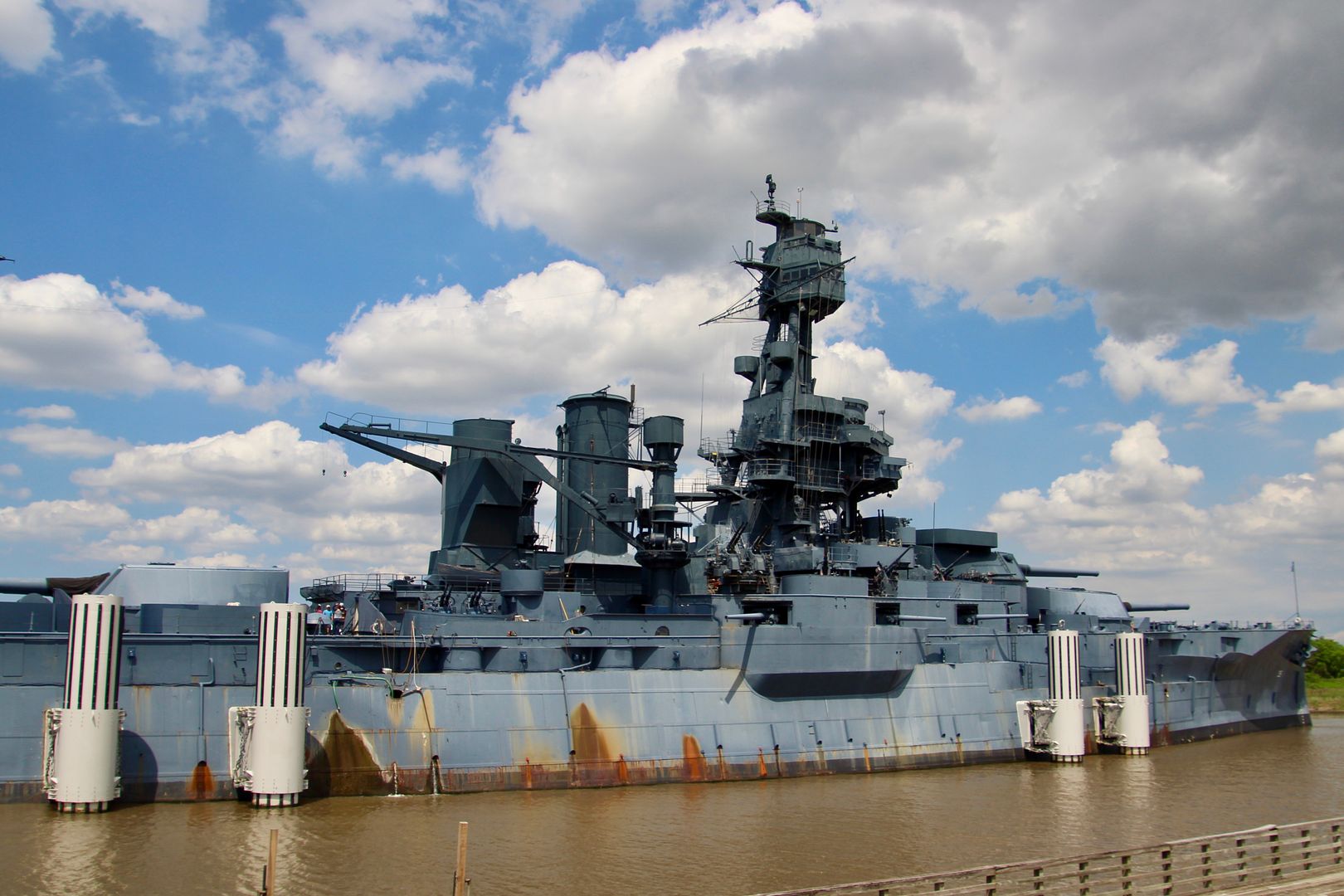
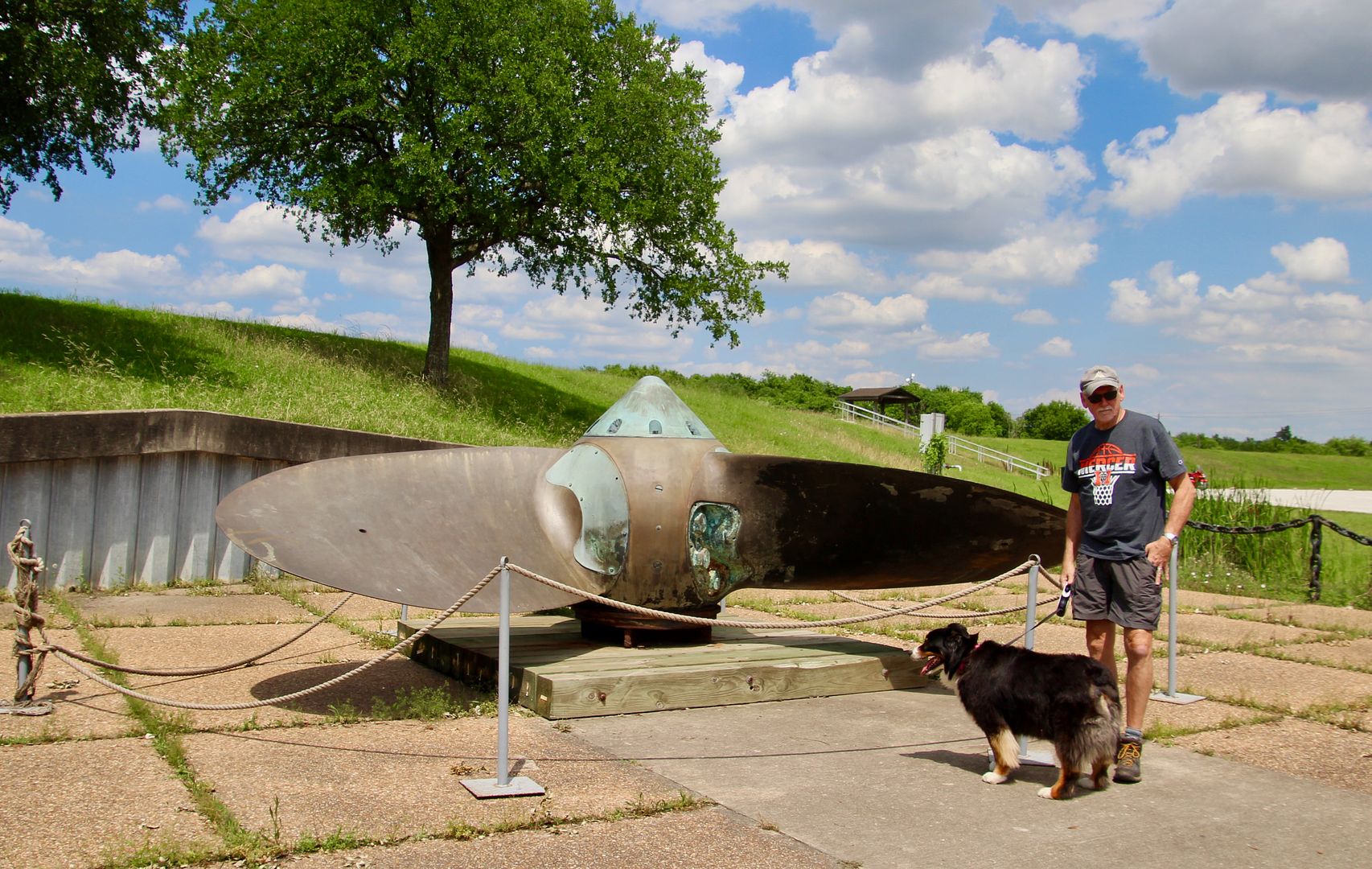
No comments:
Post a Comment